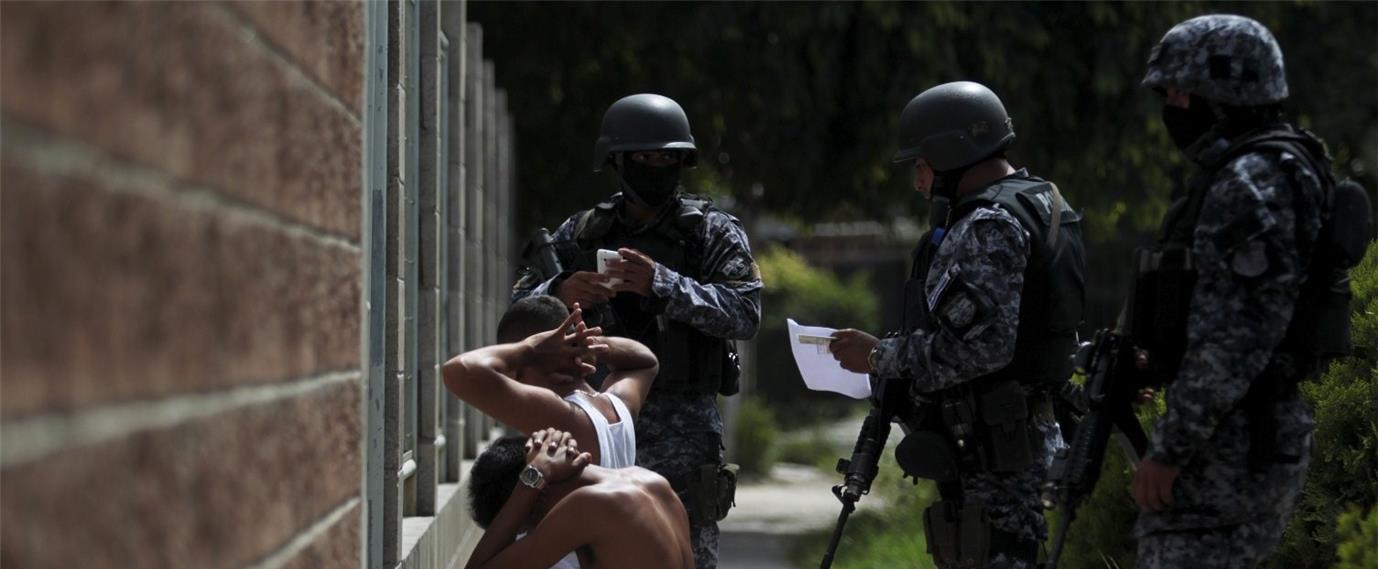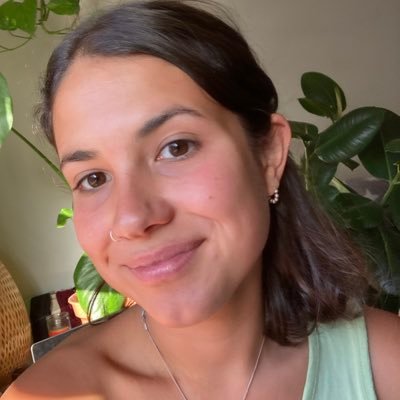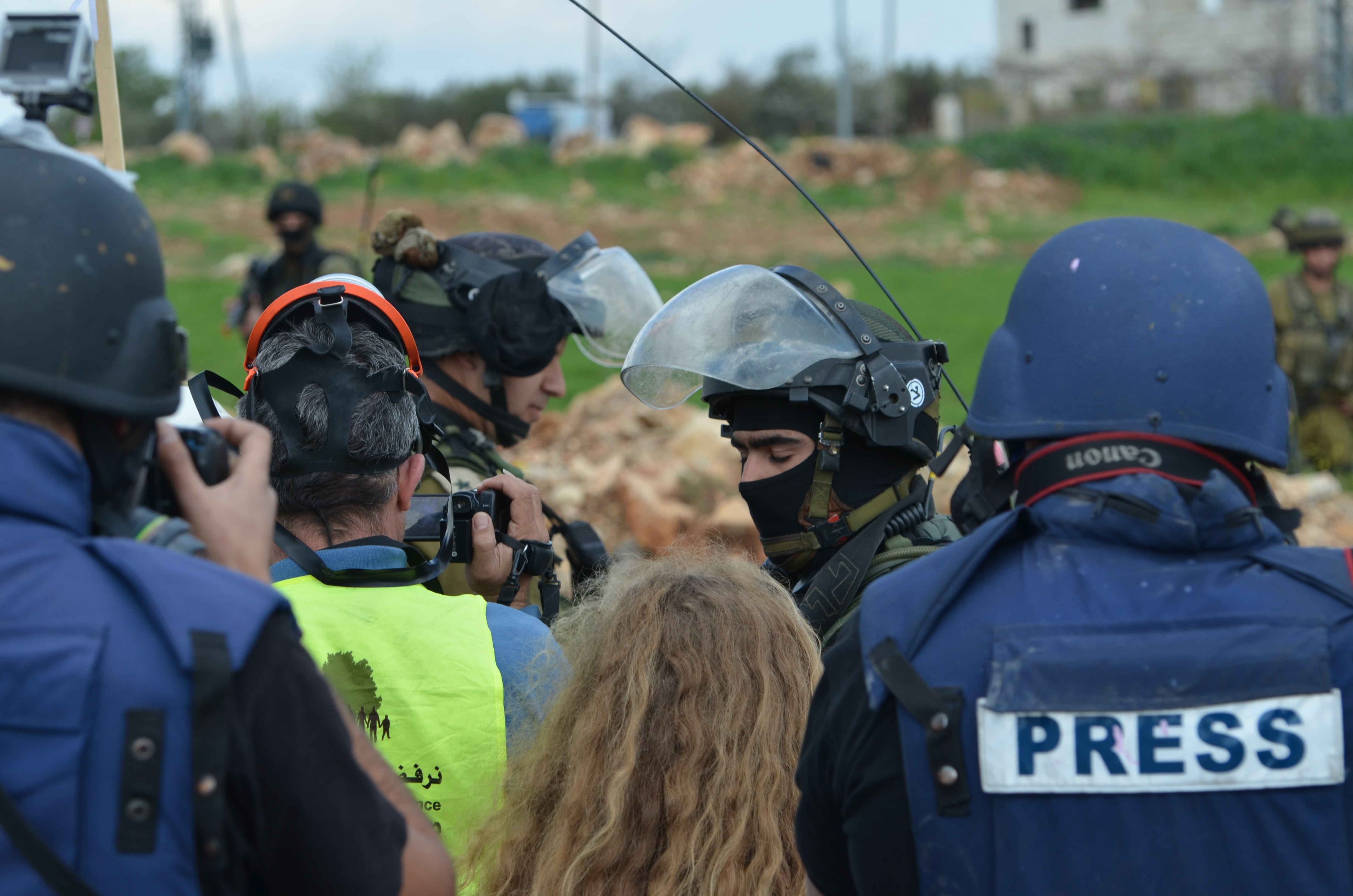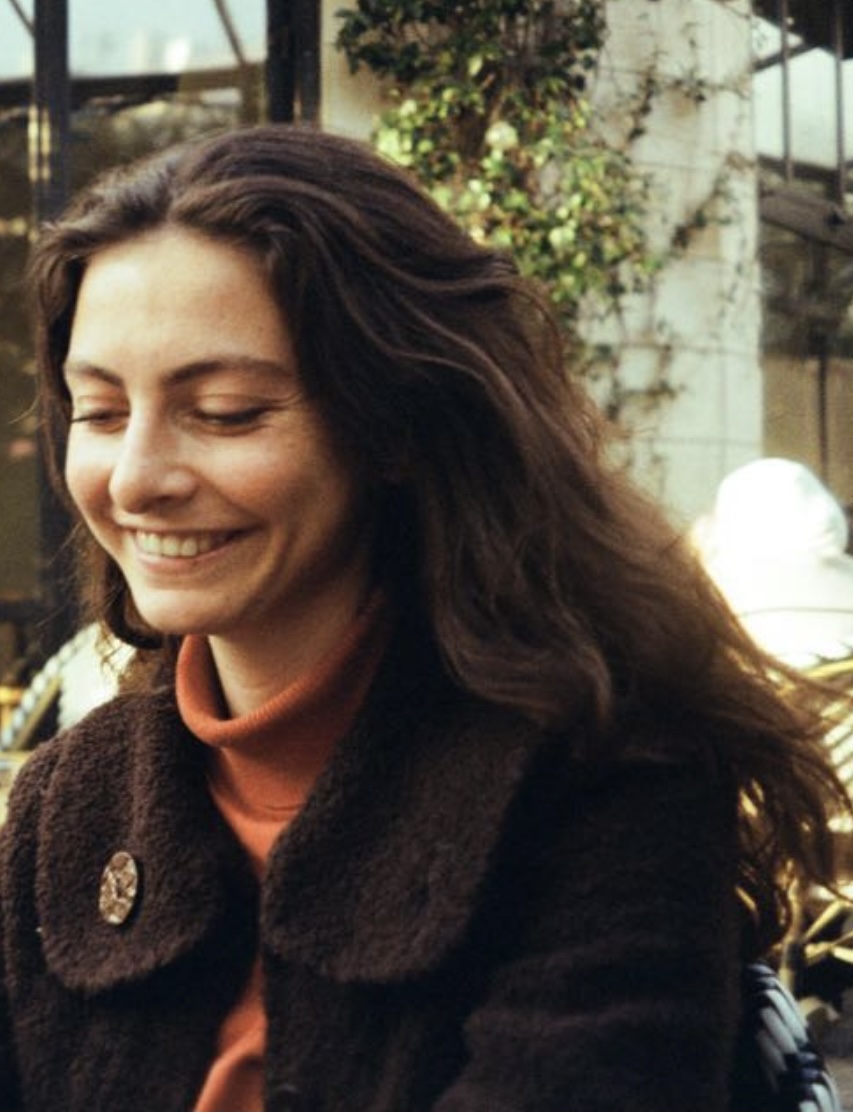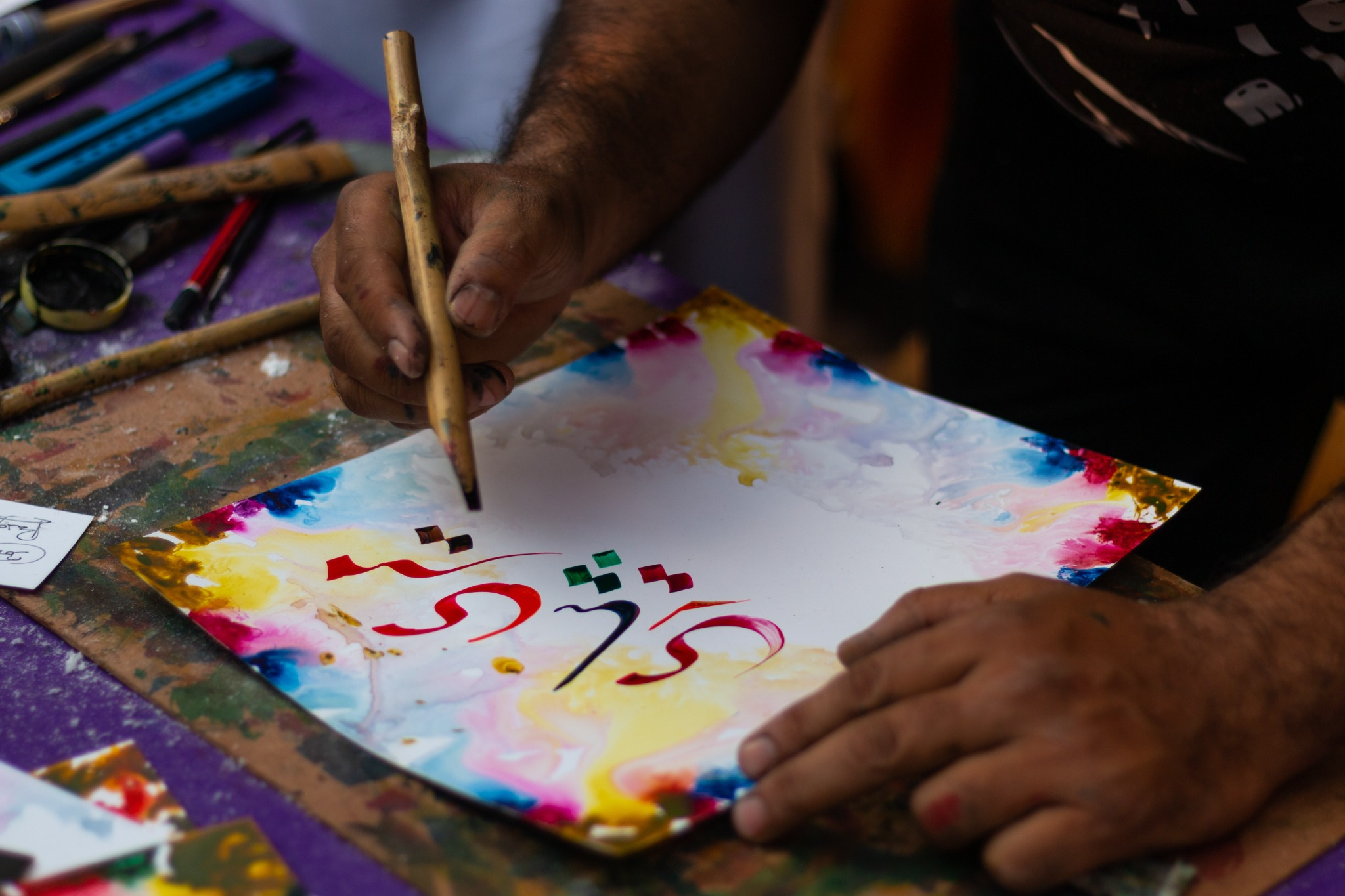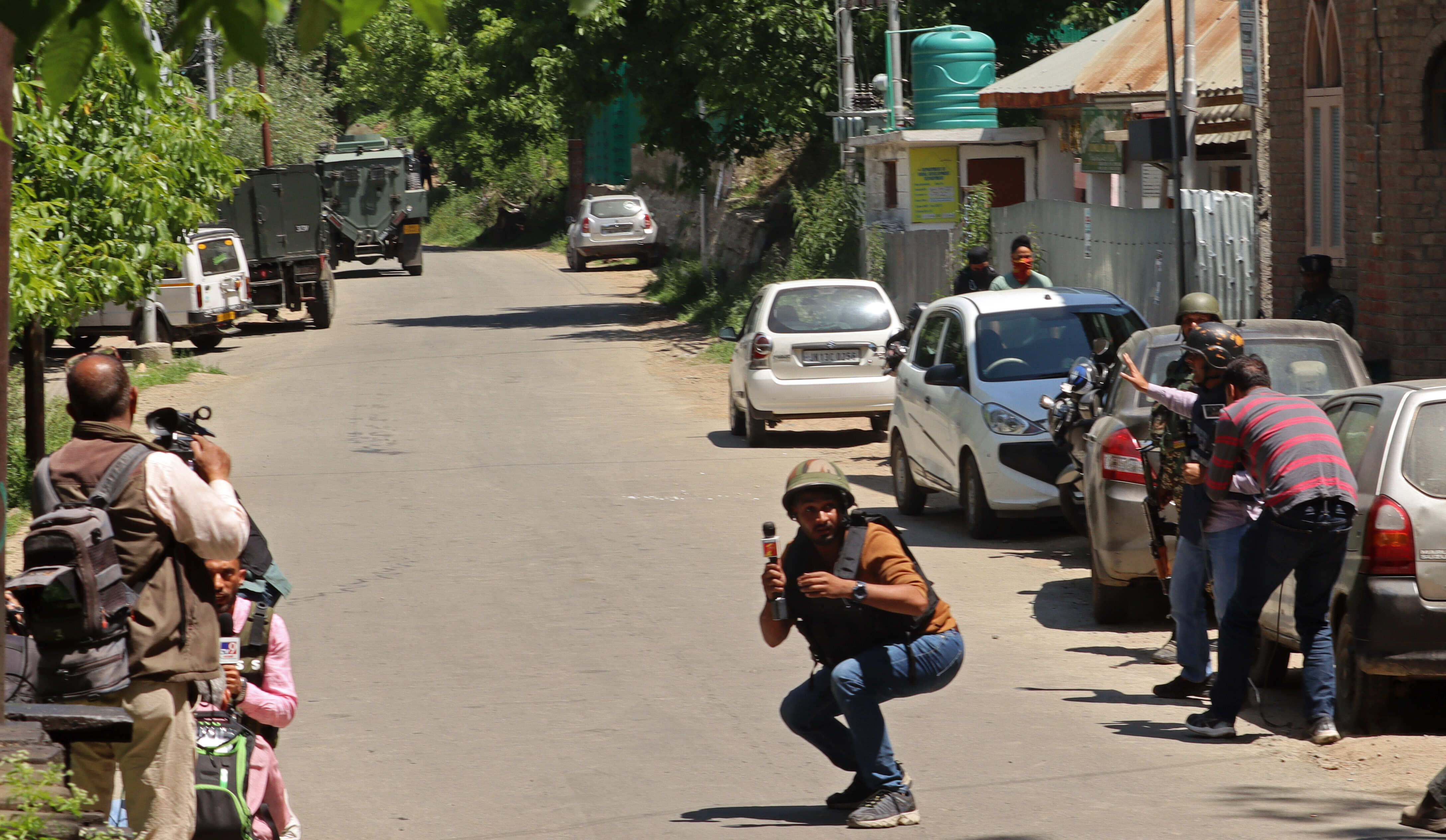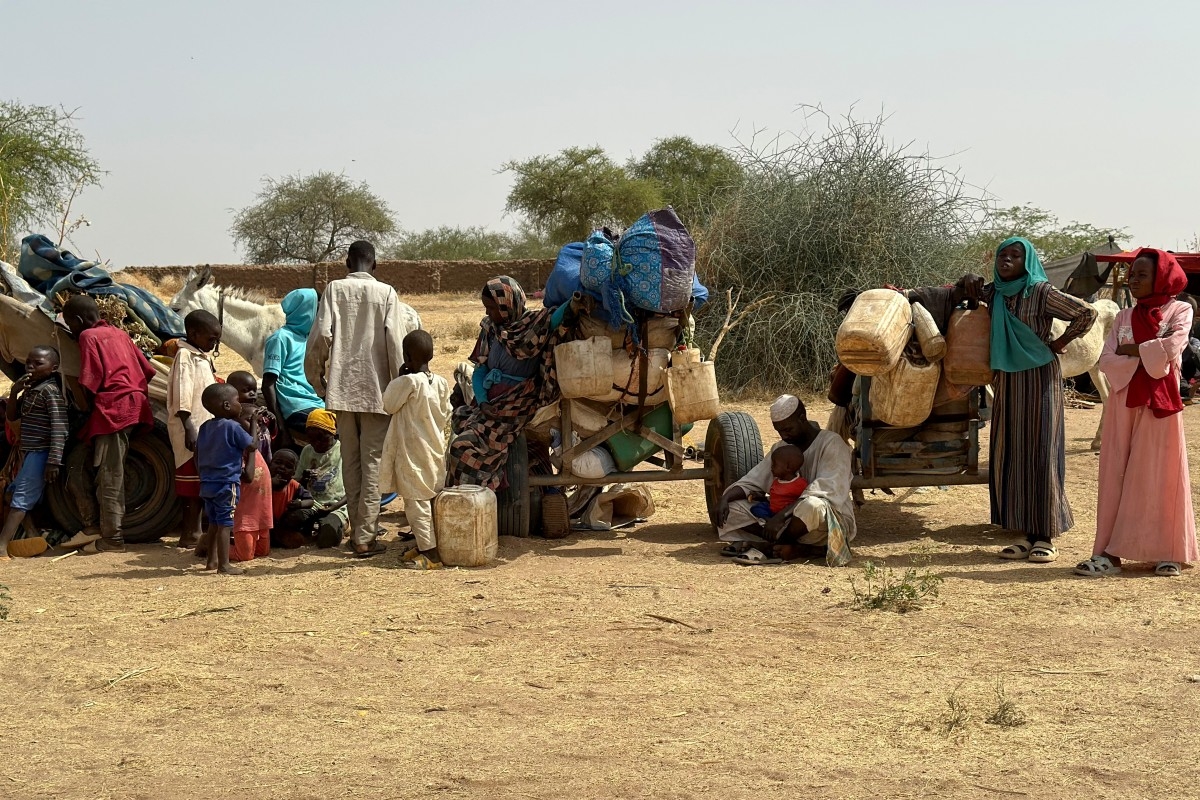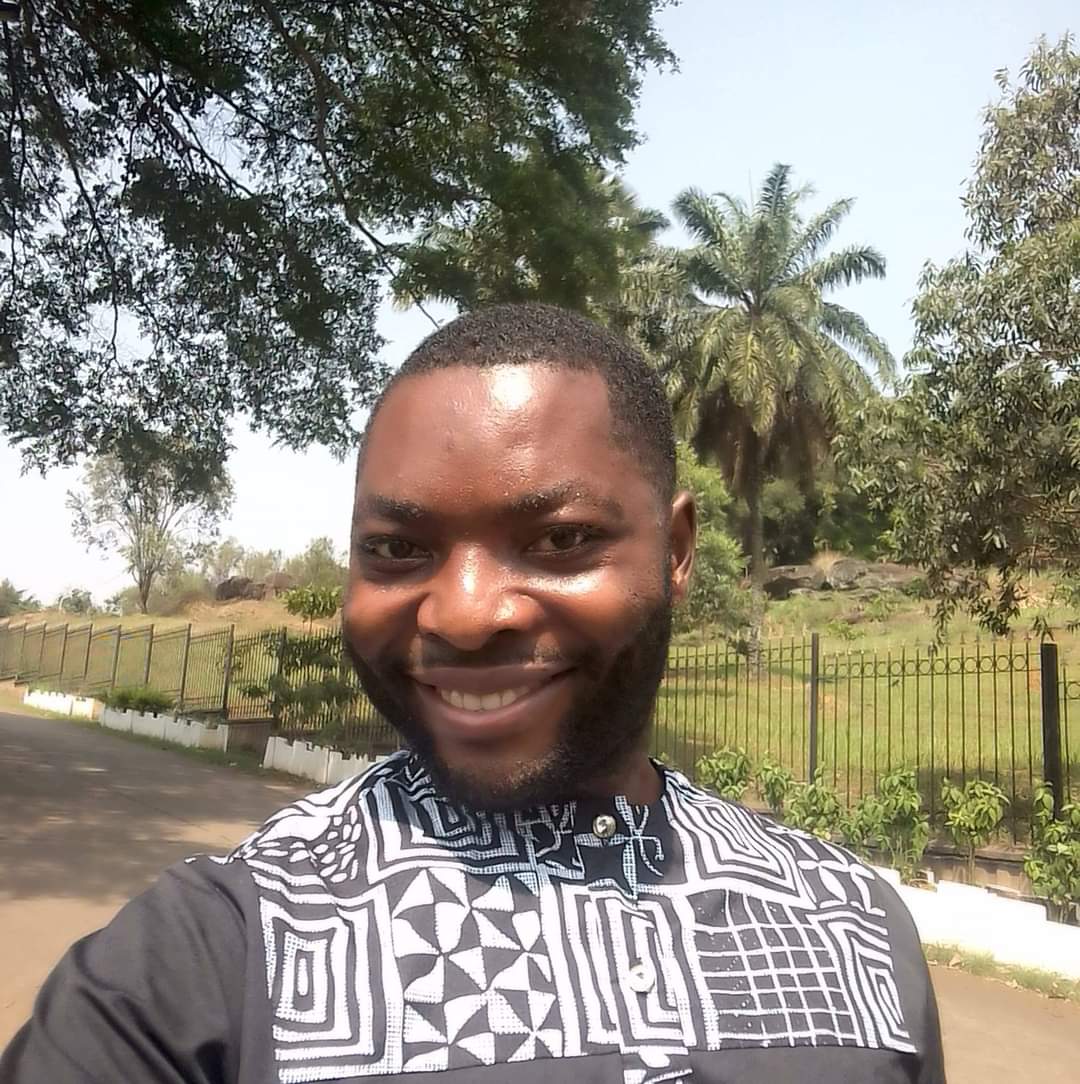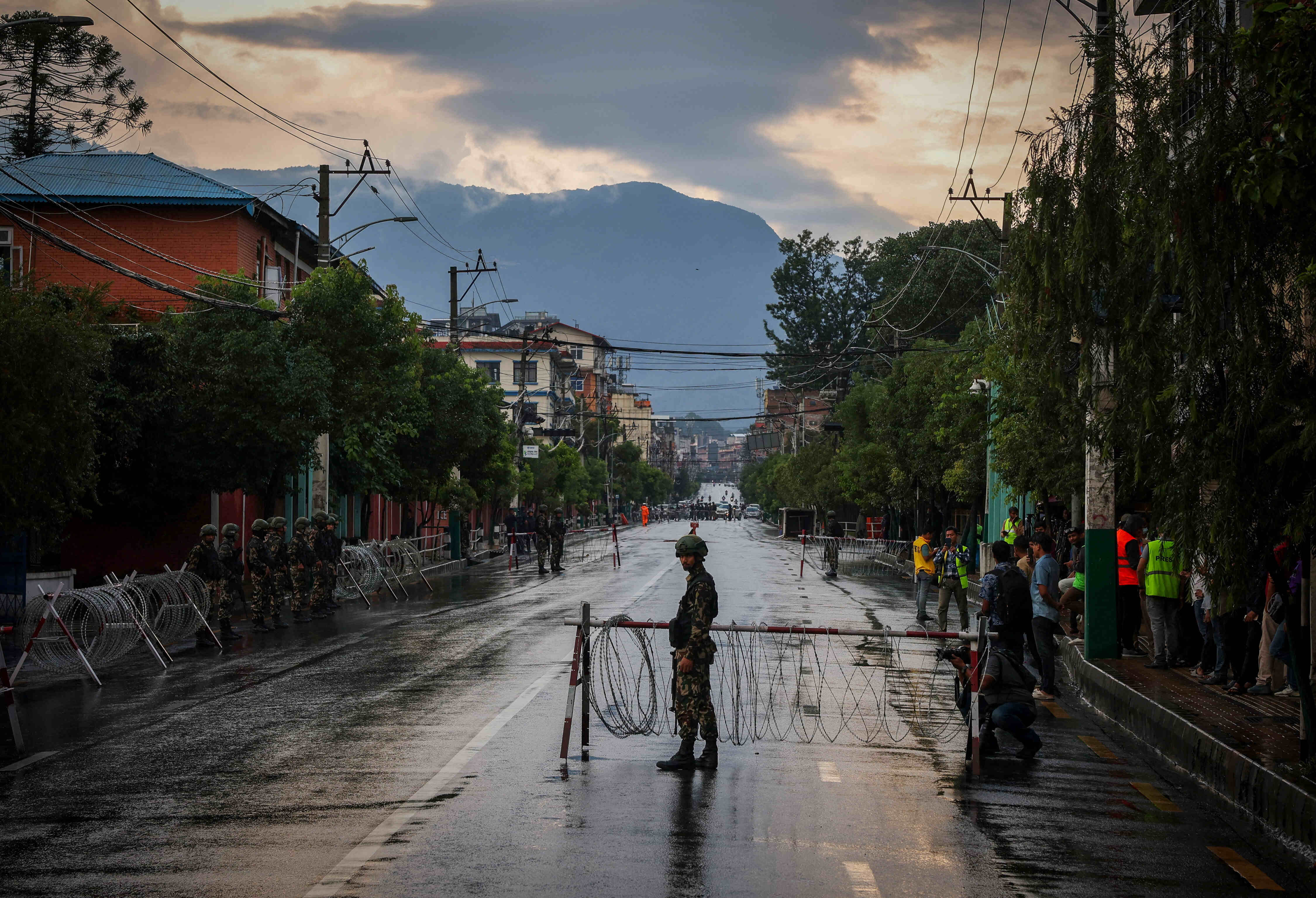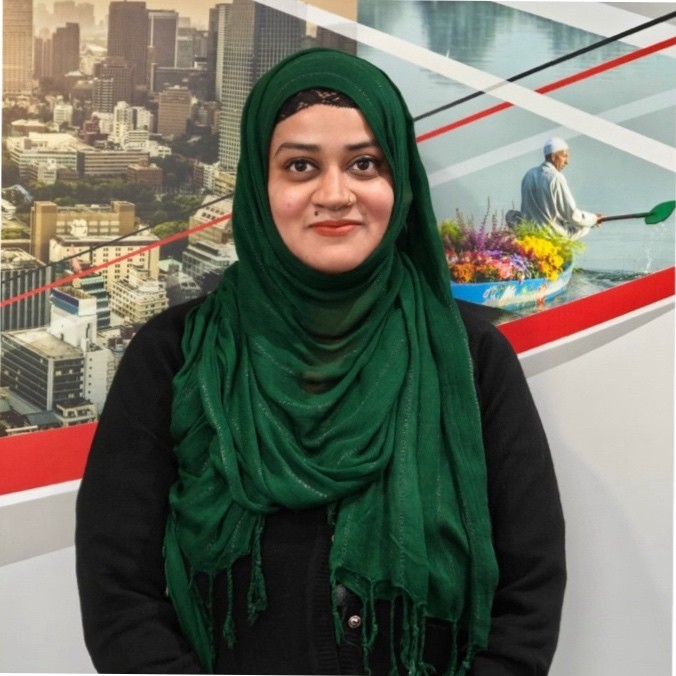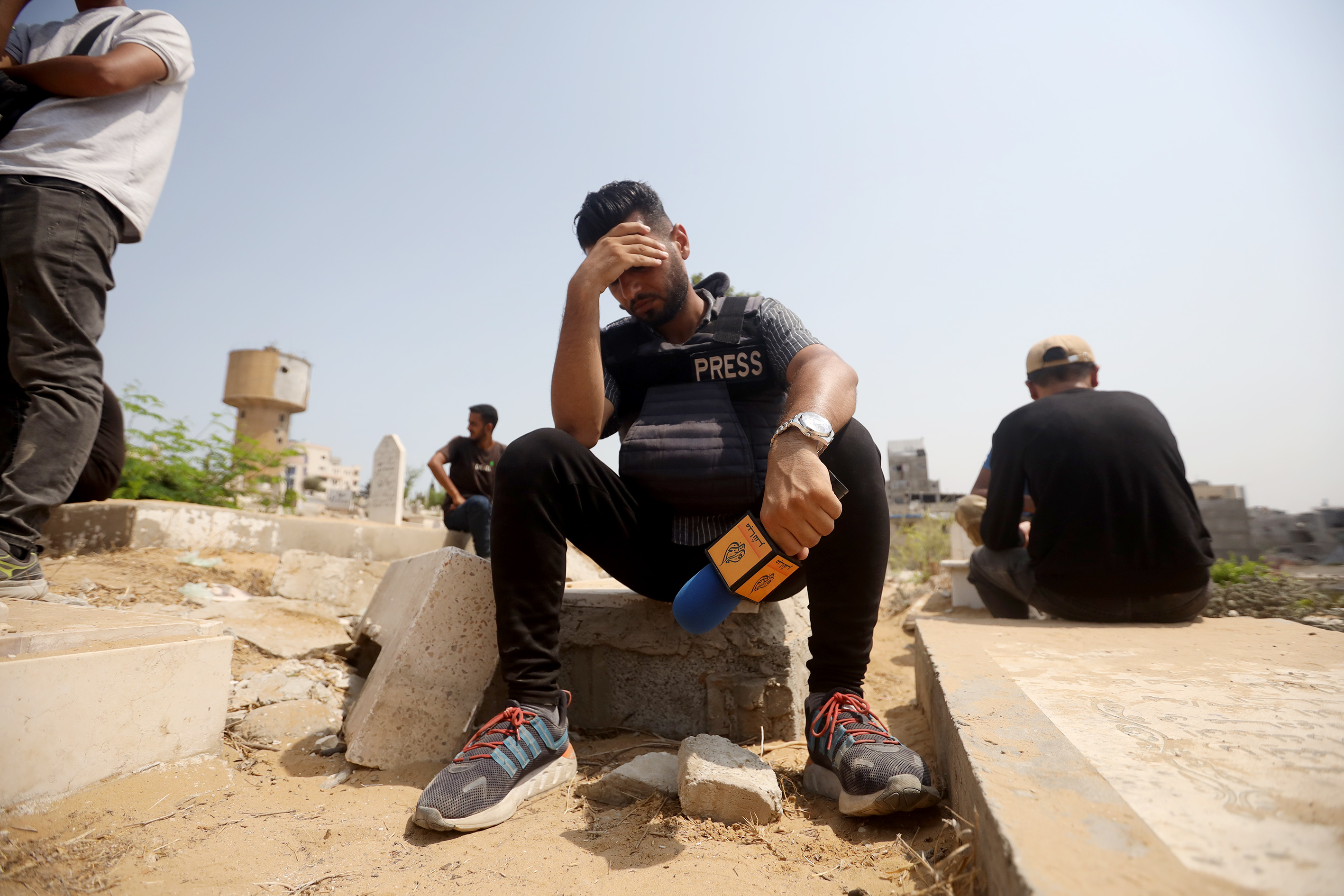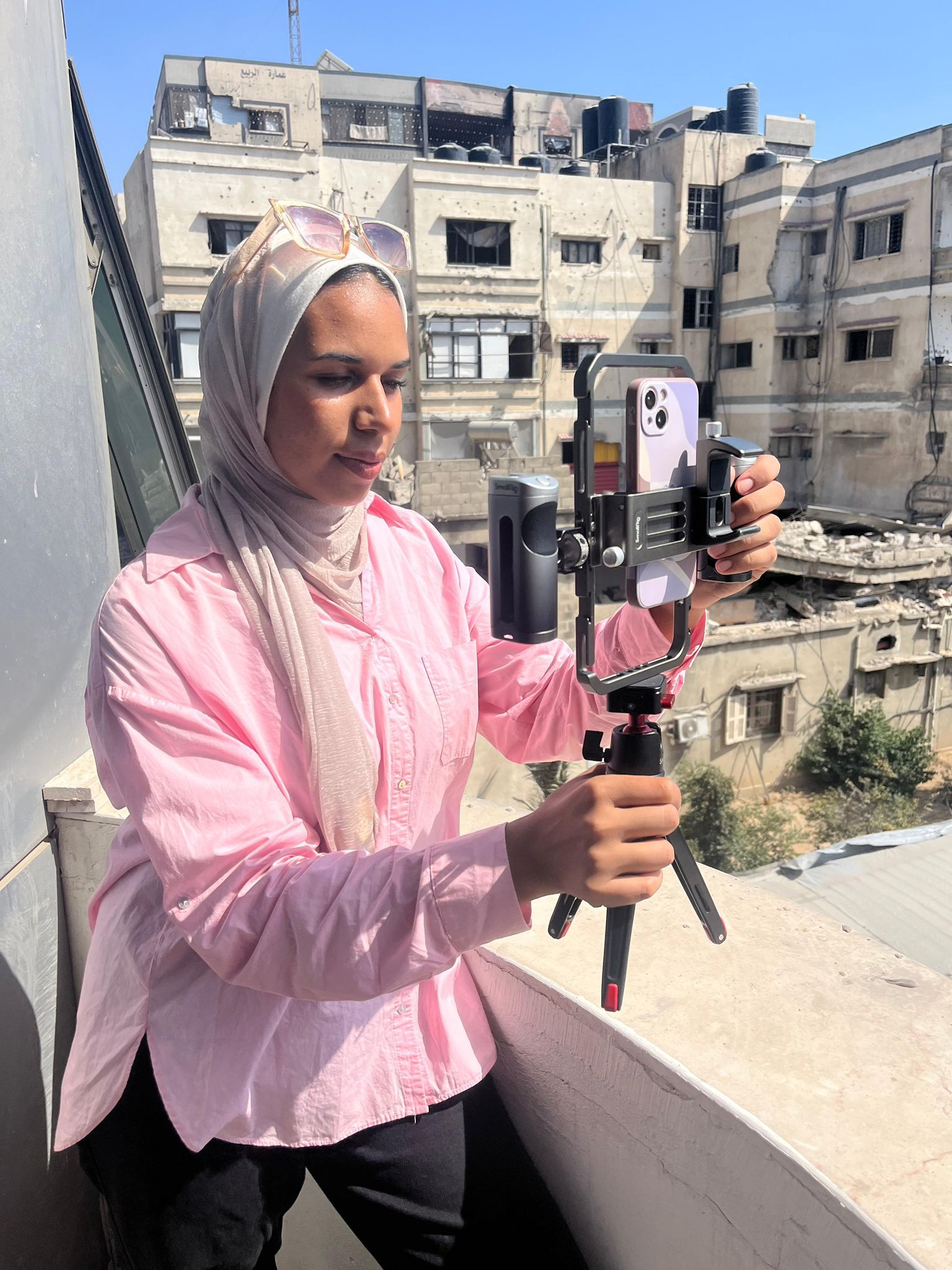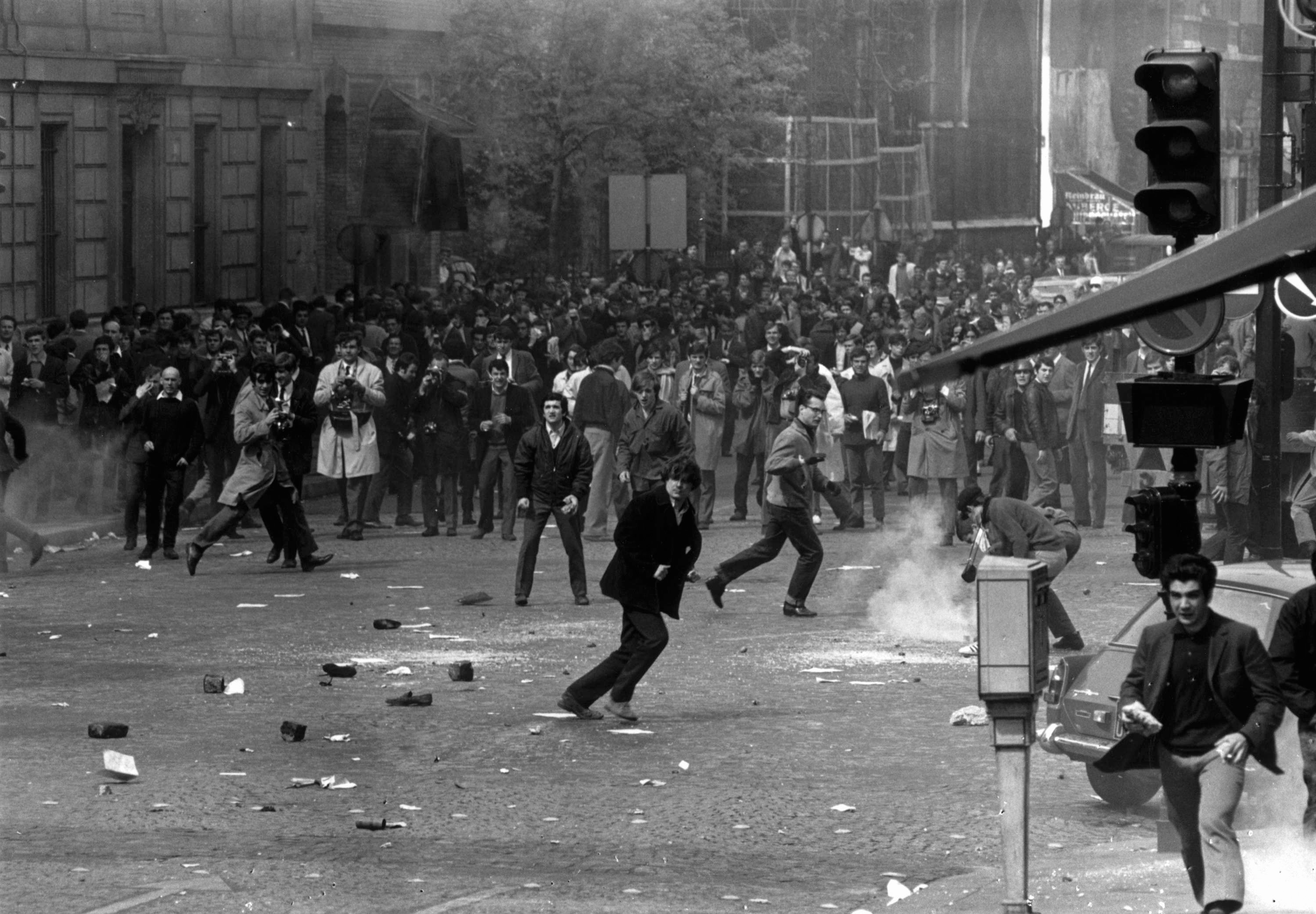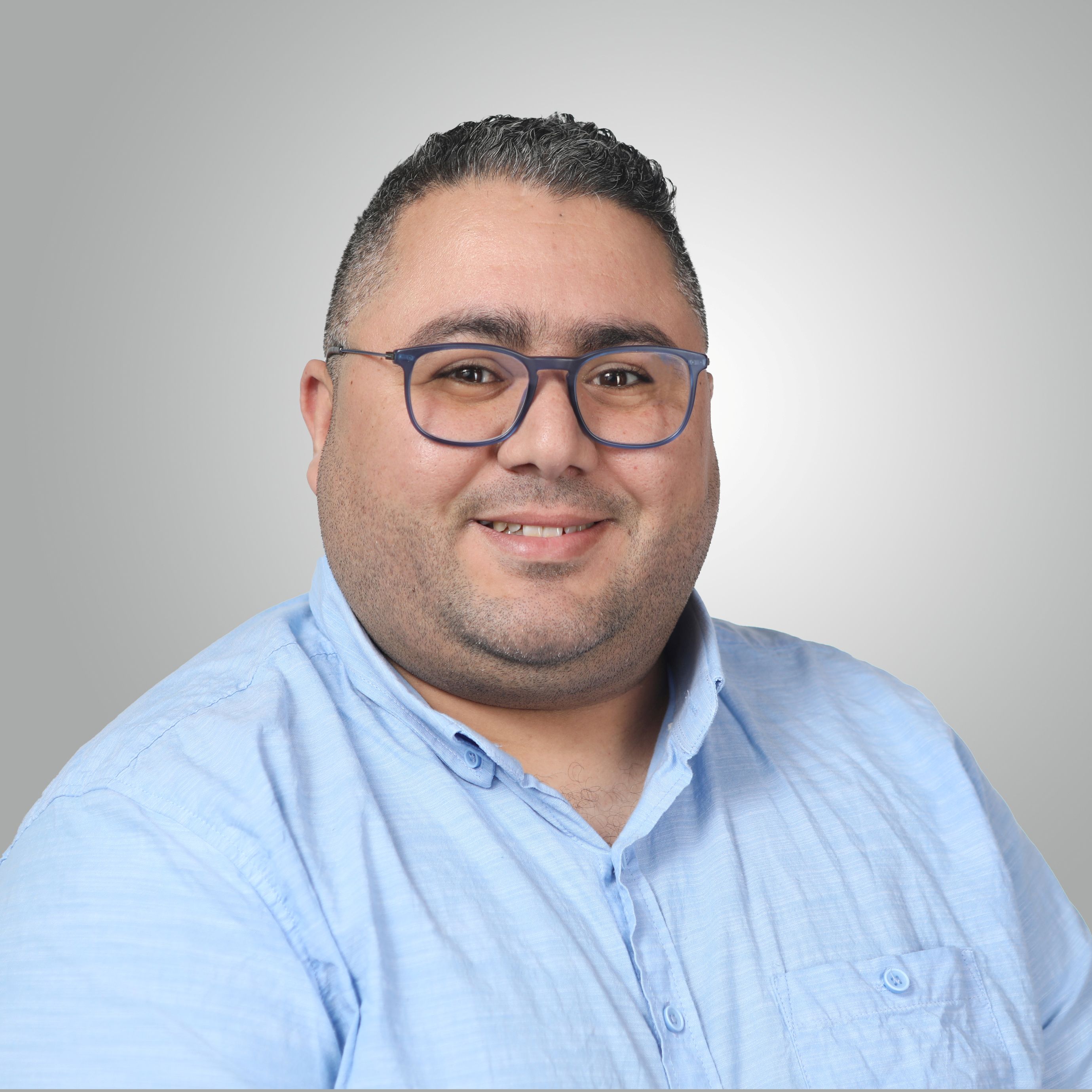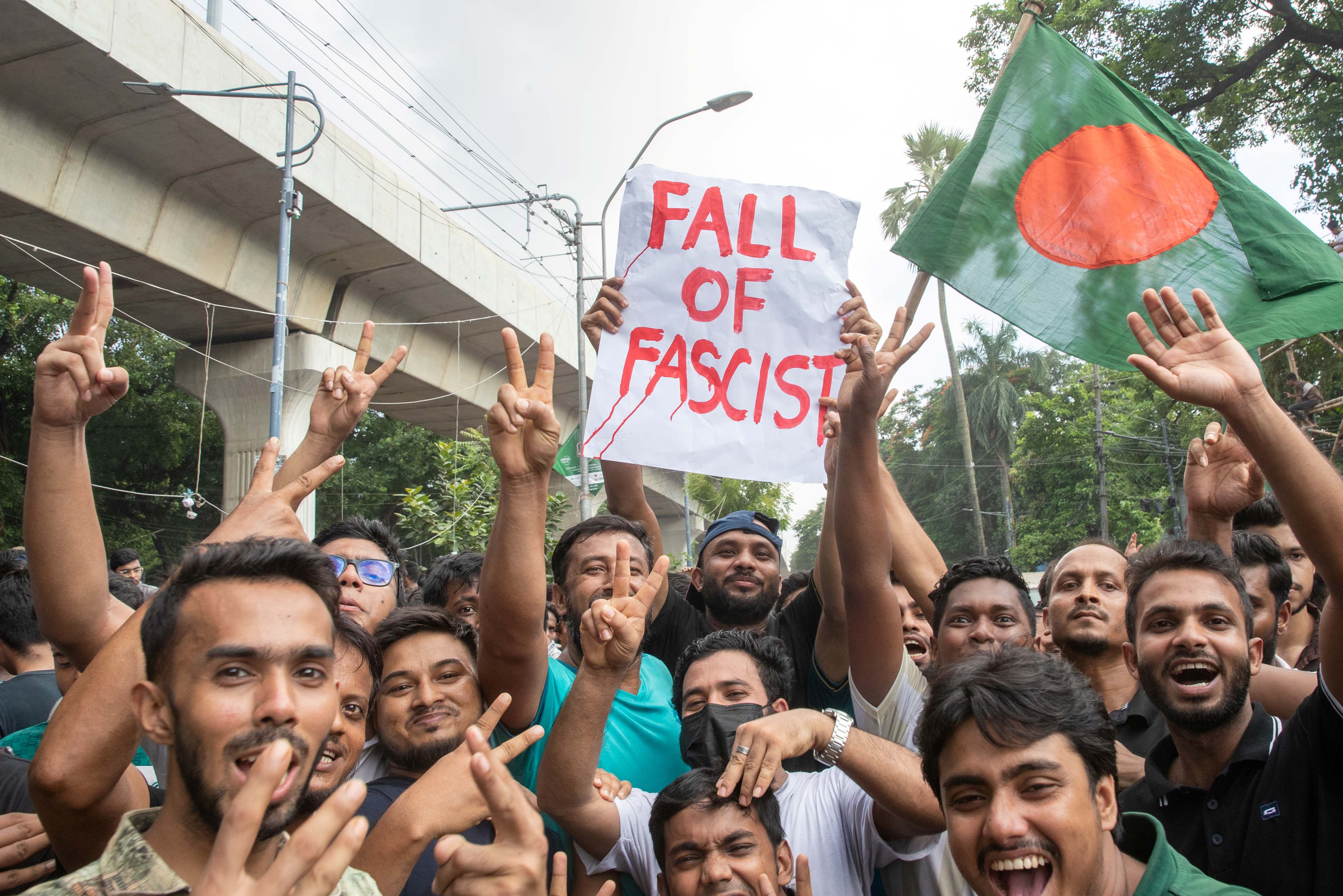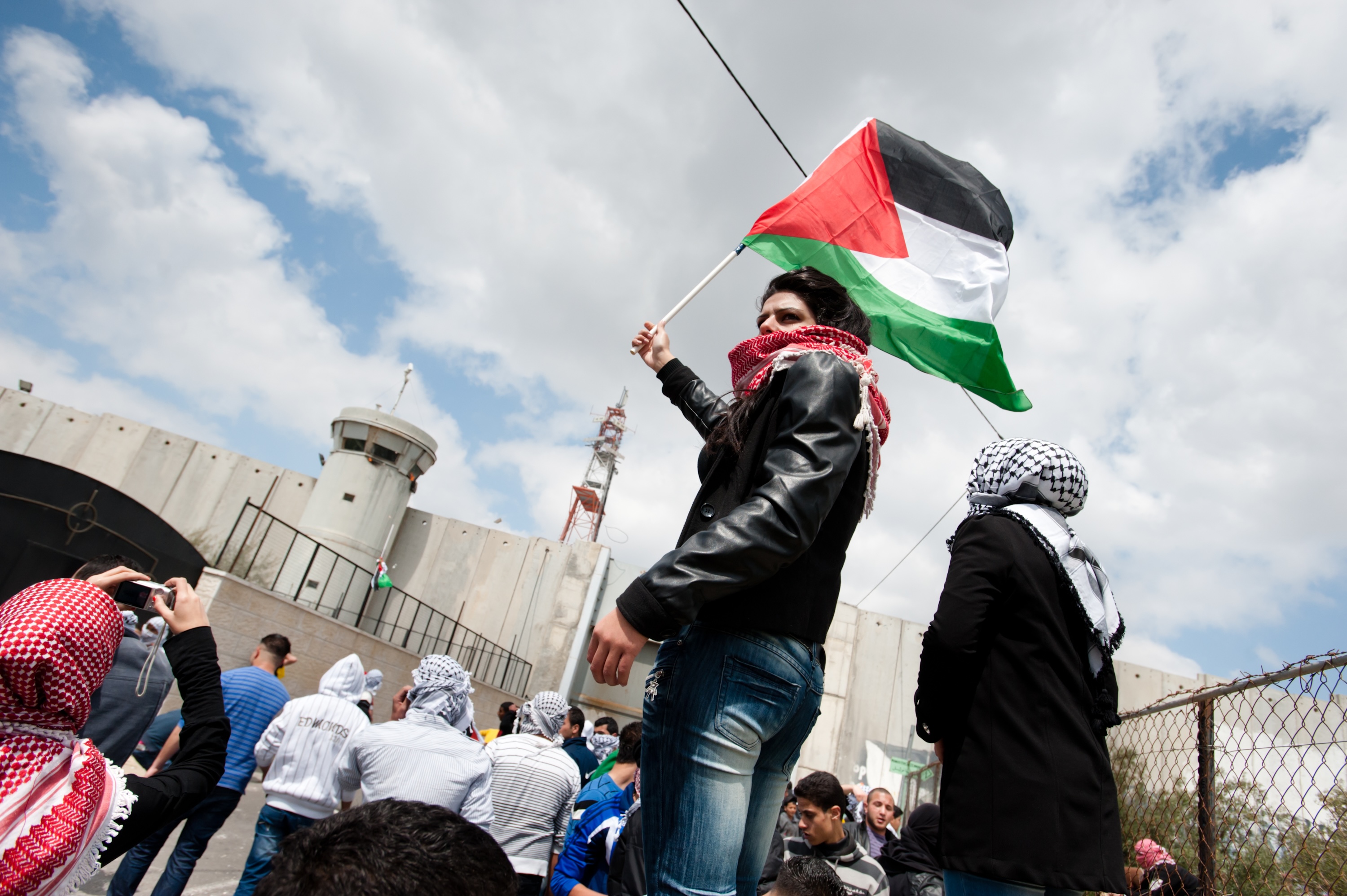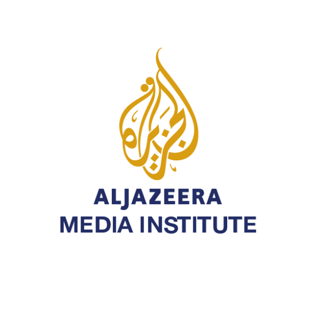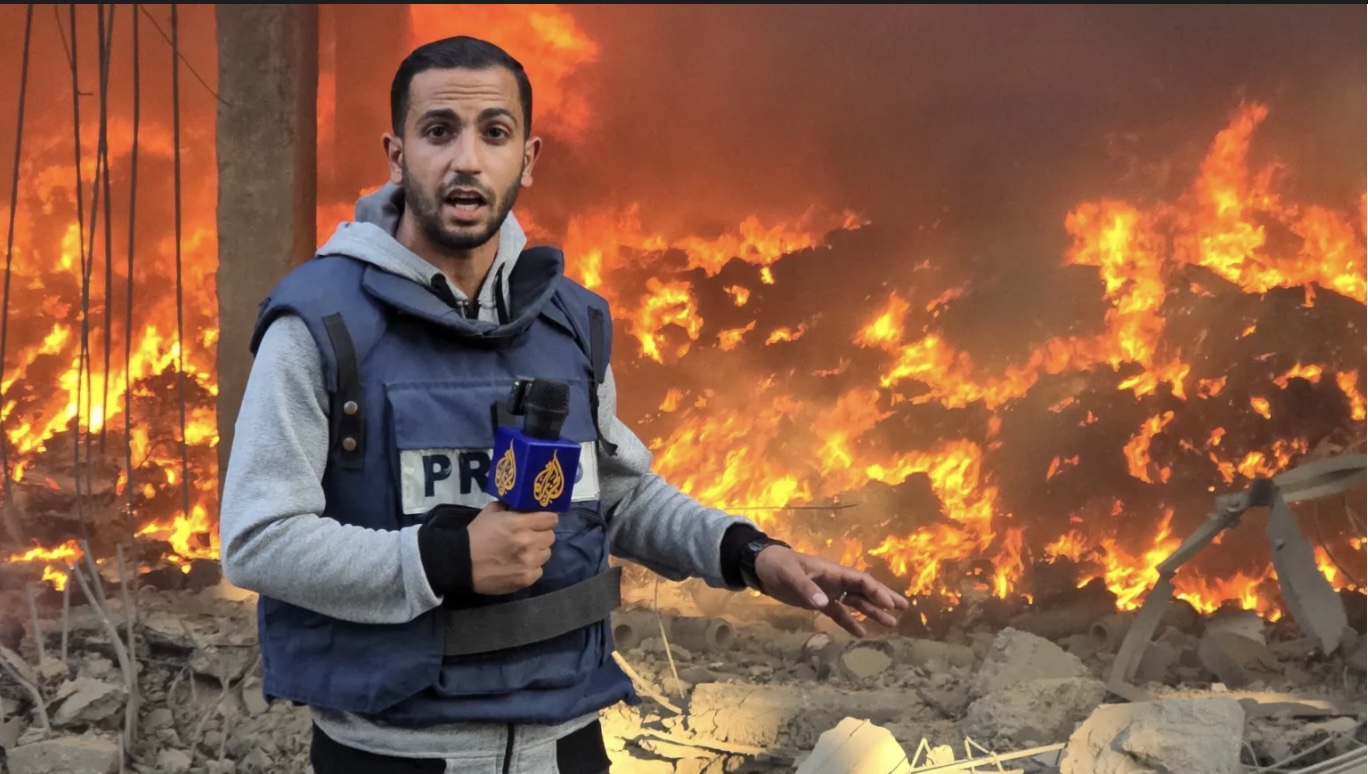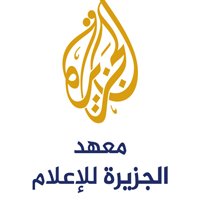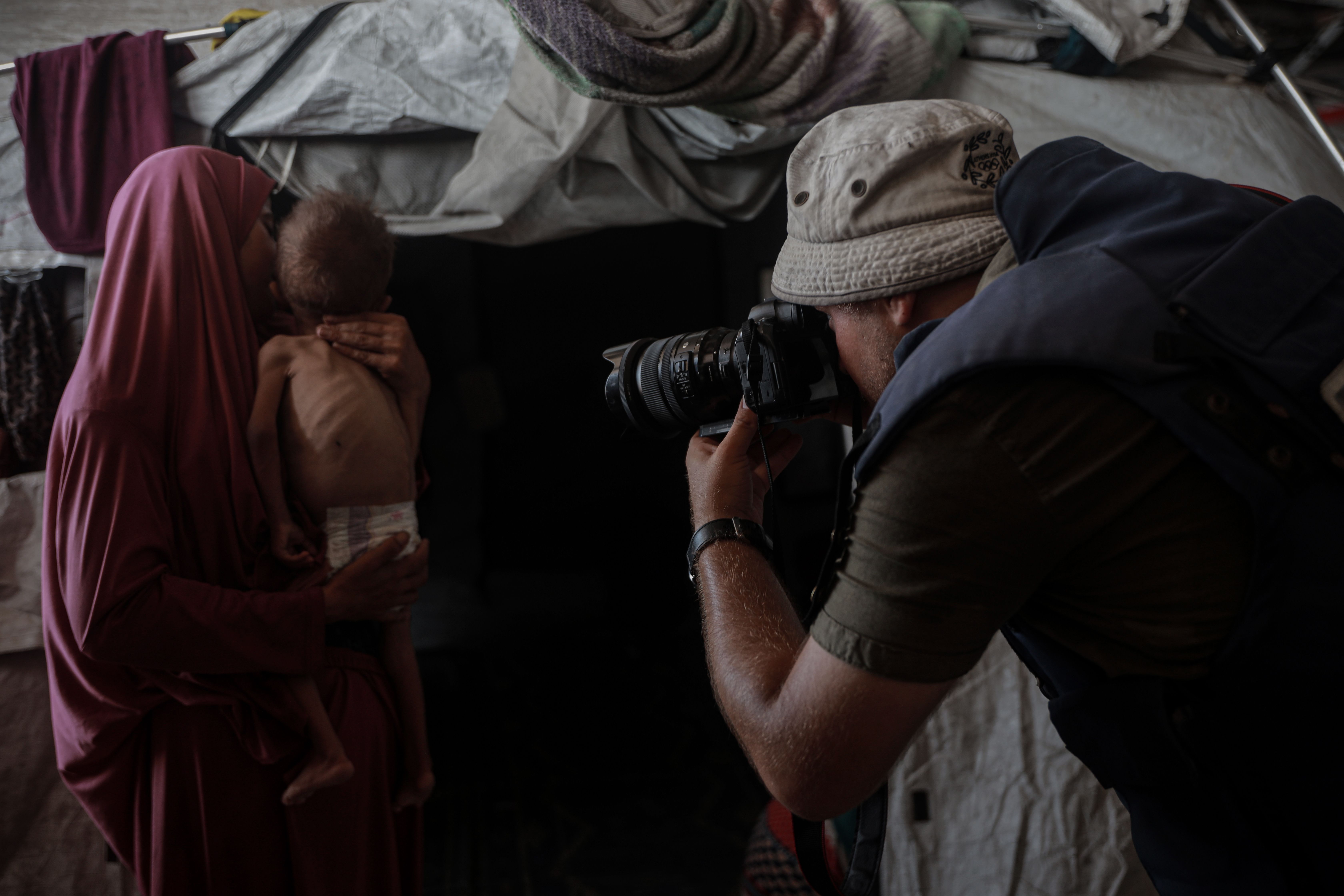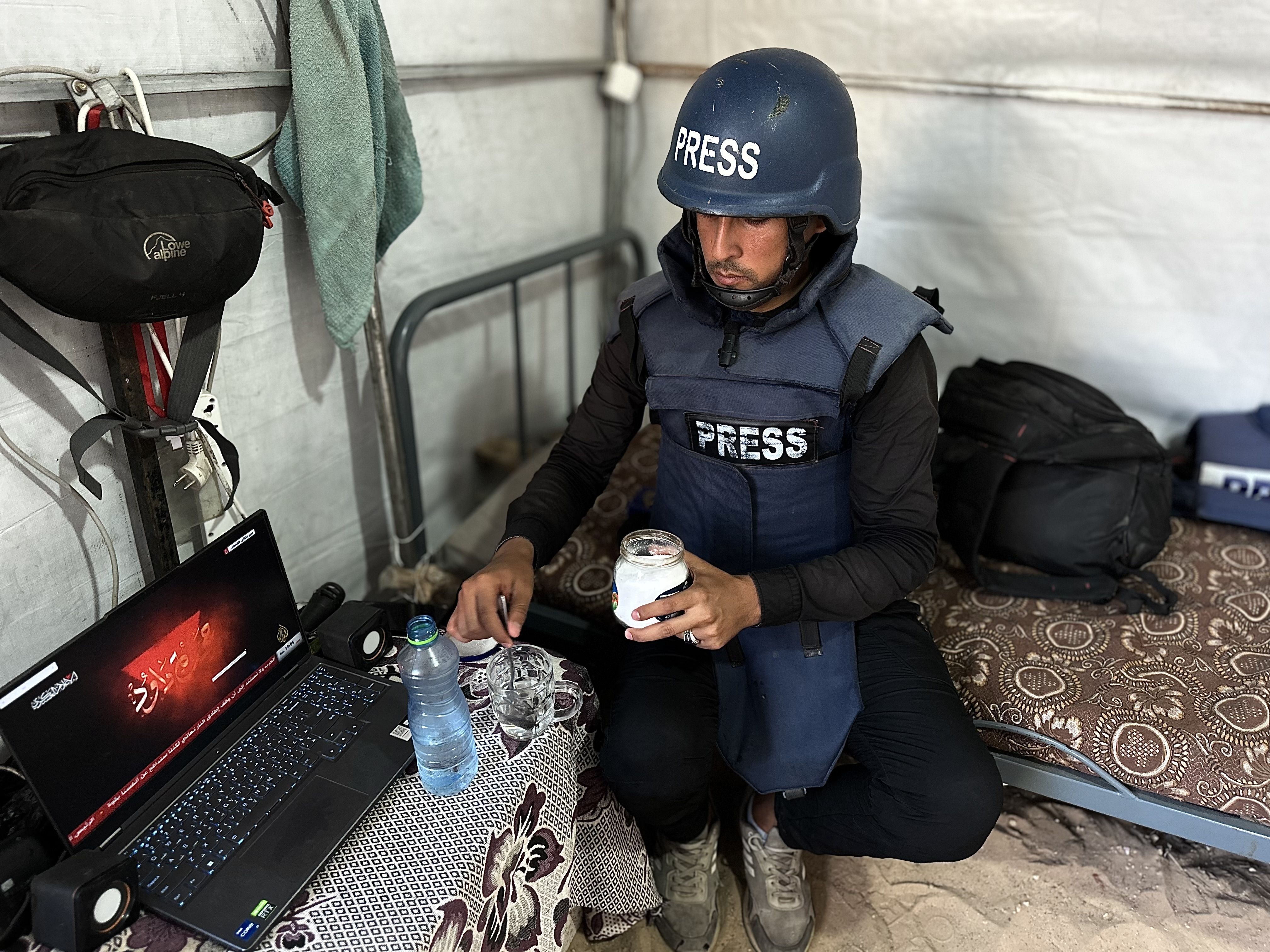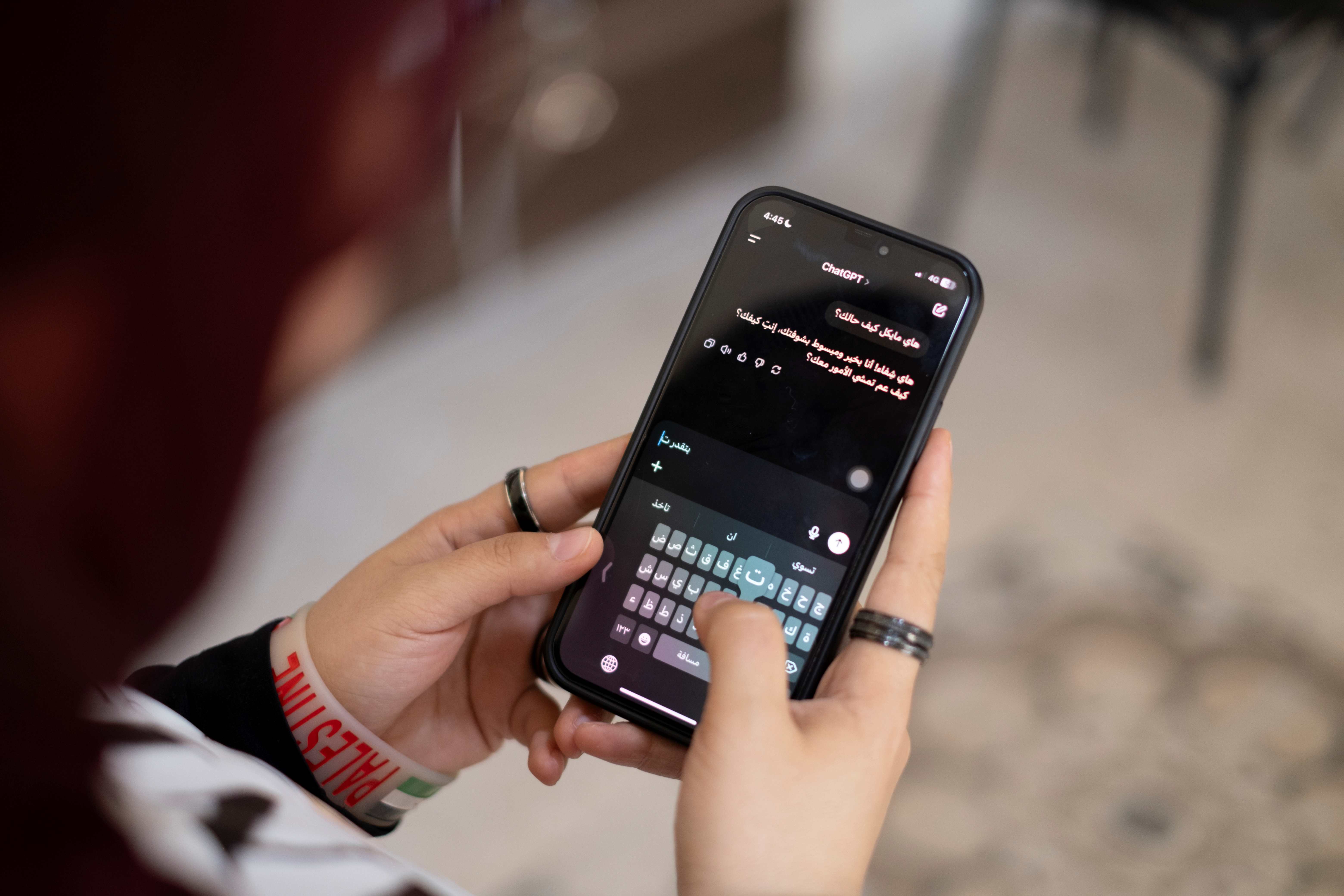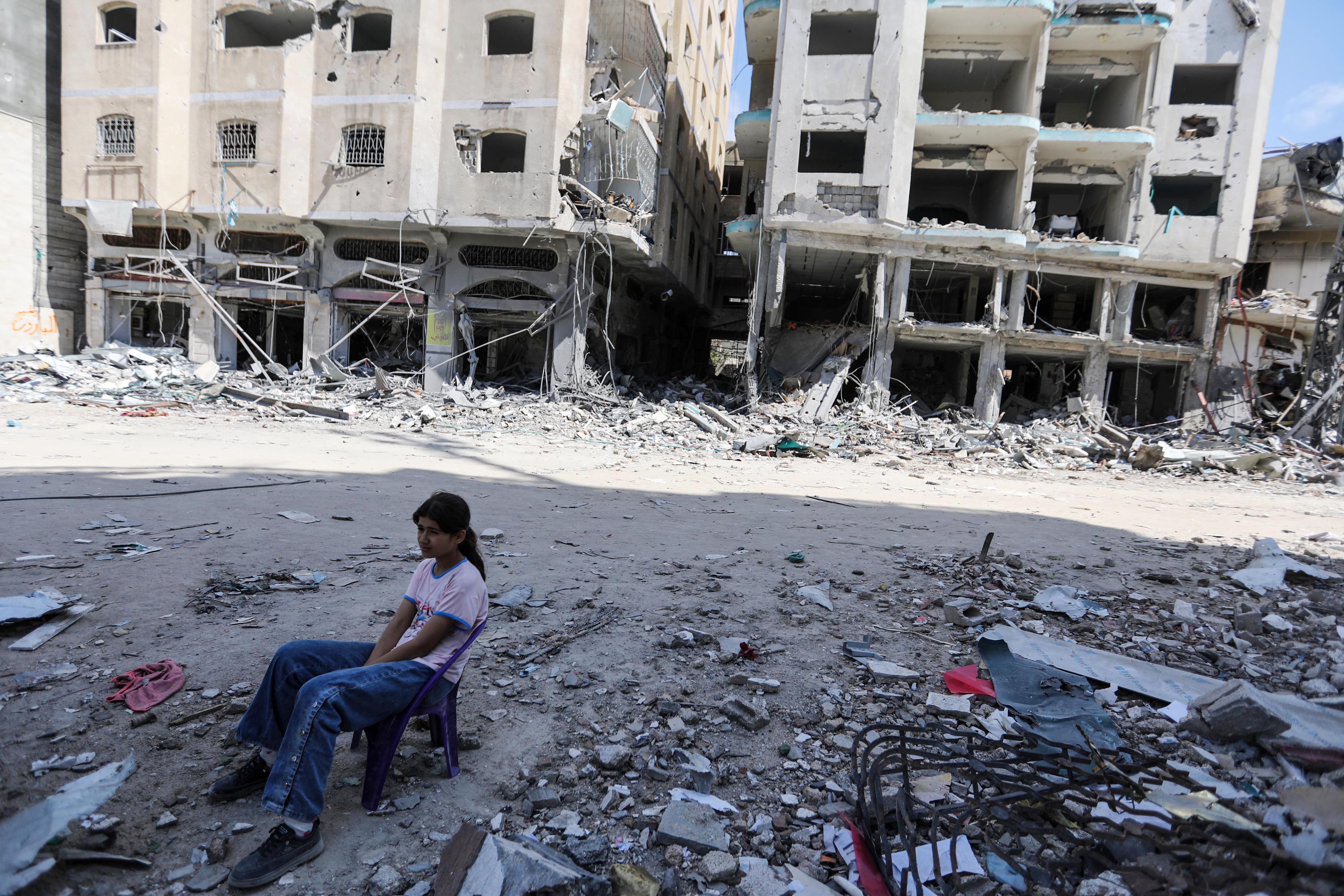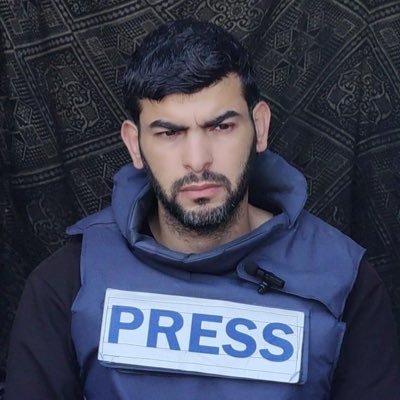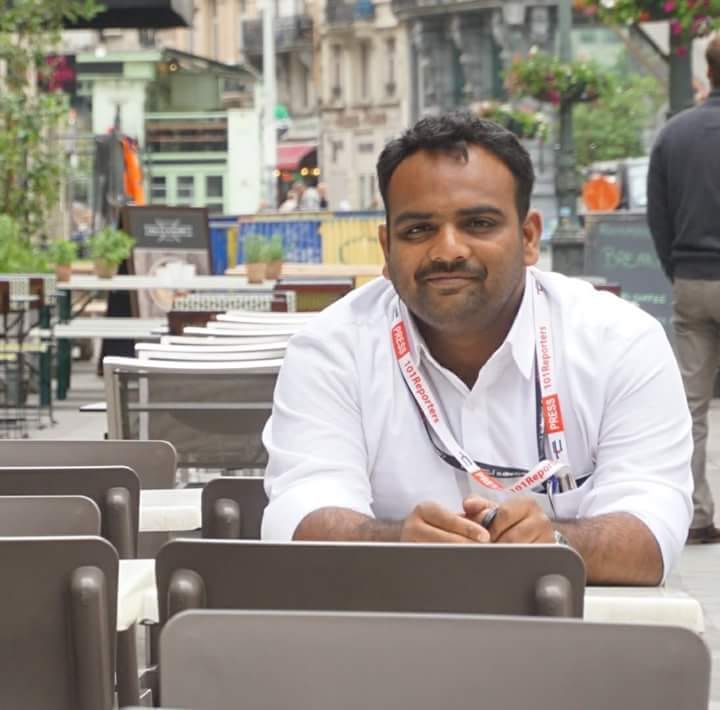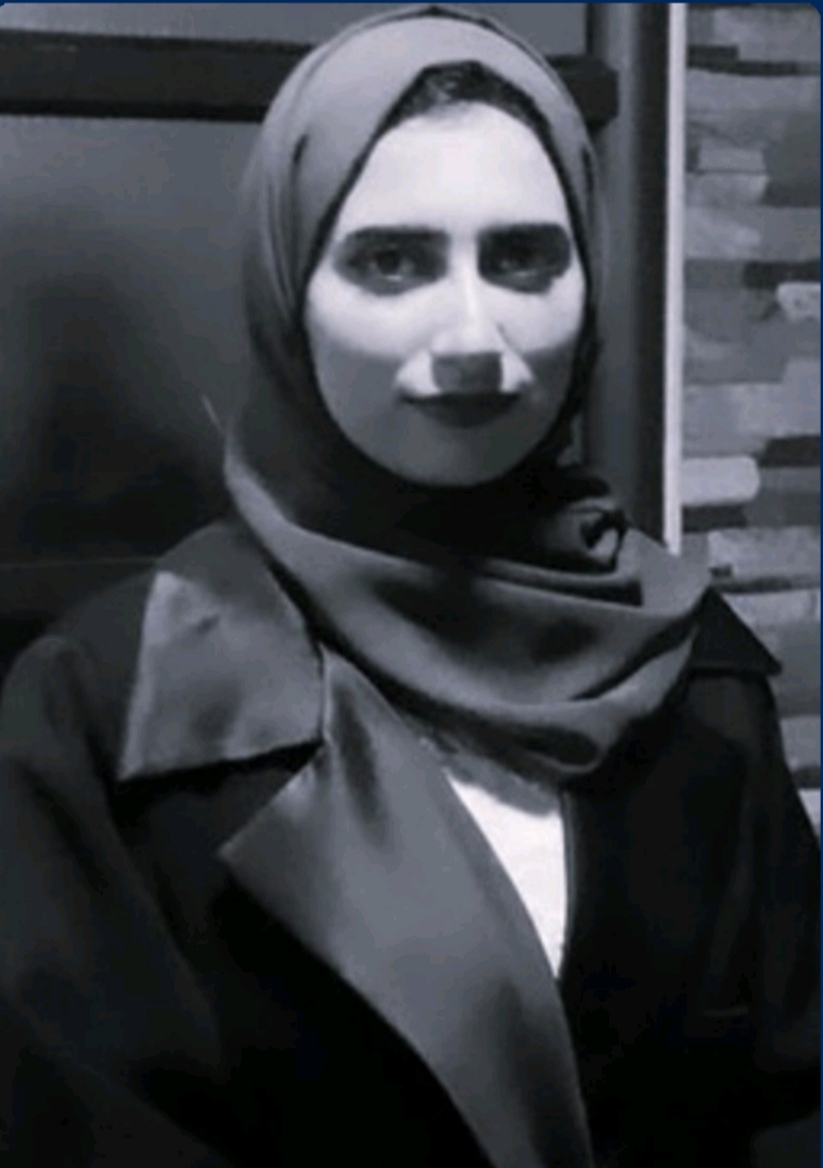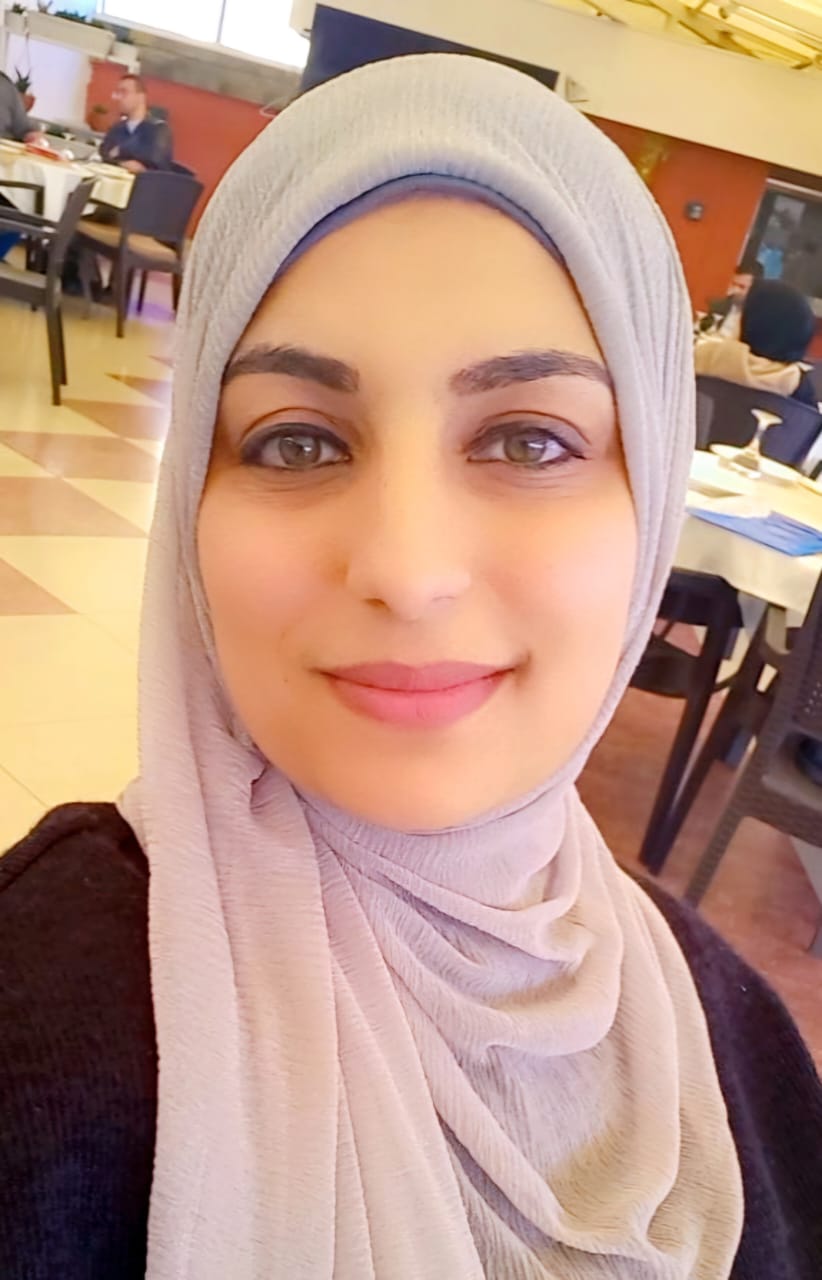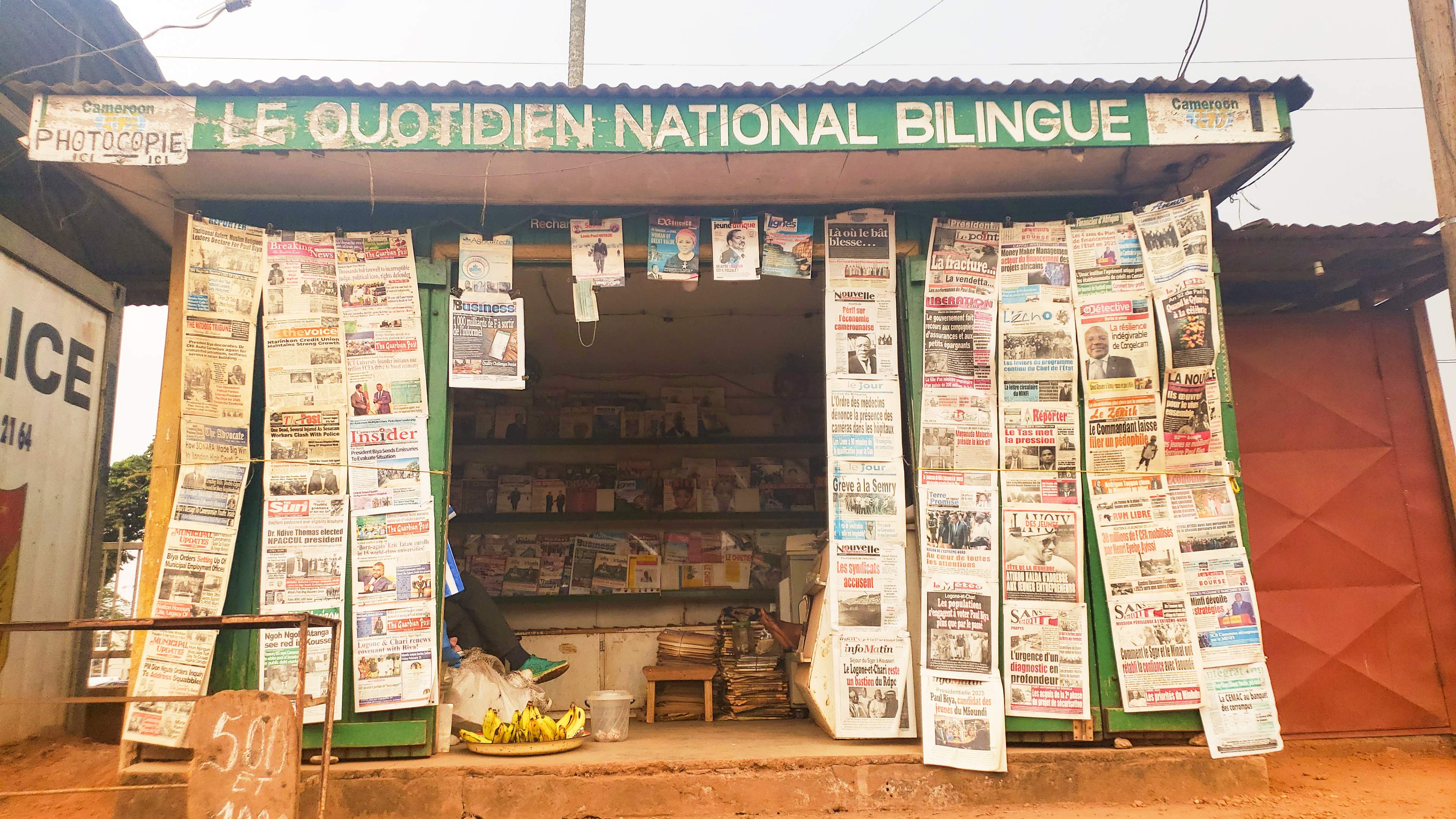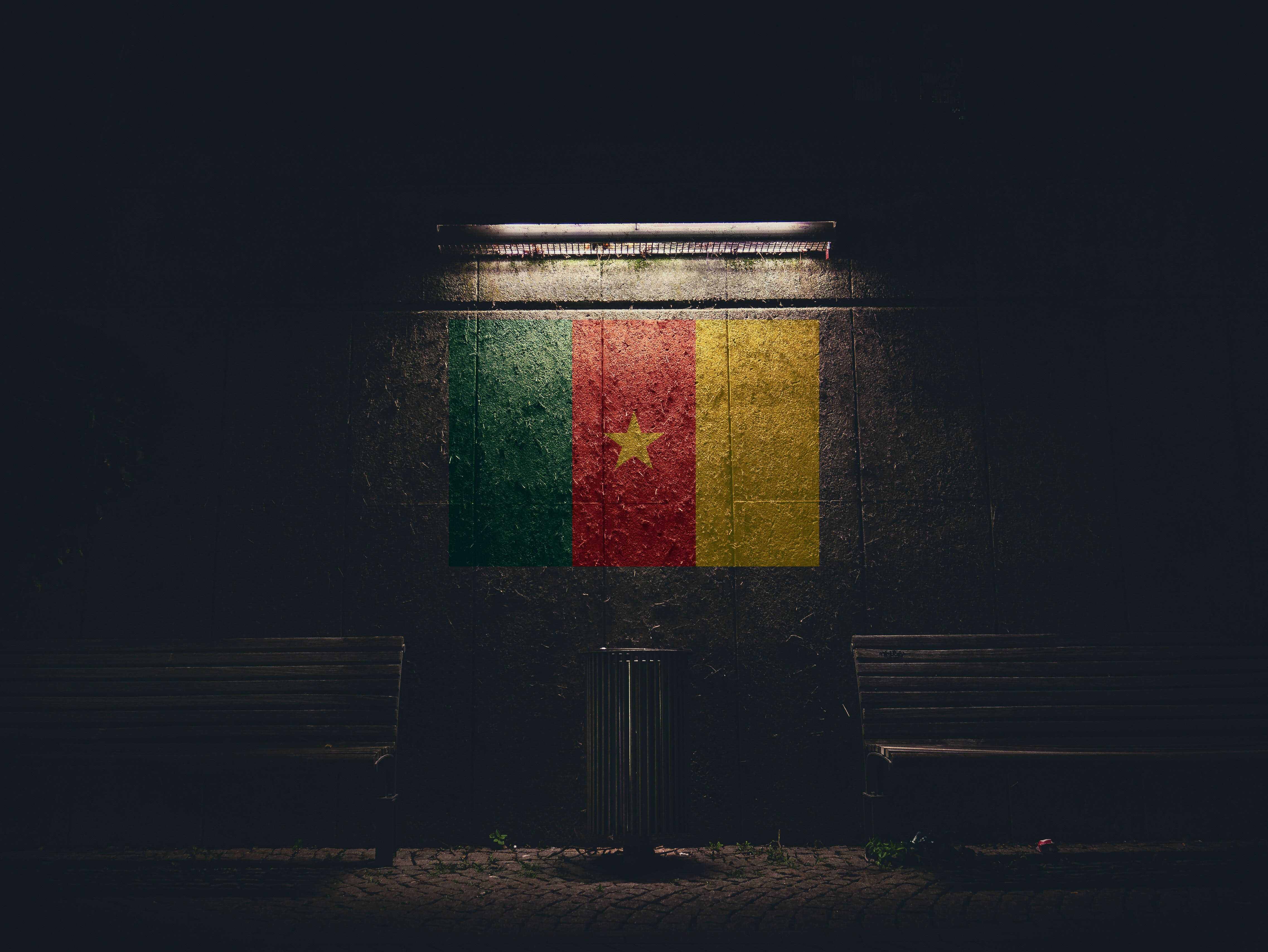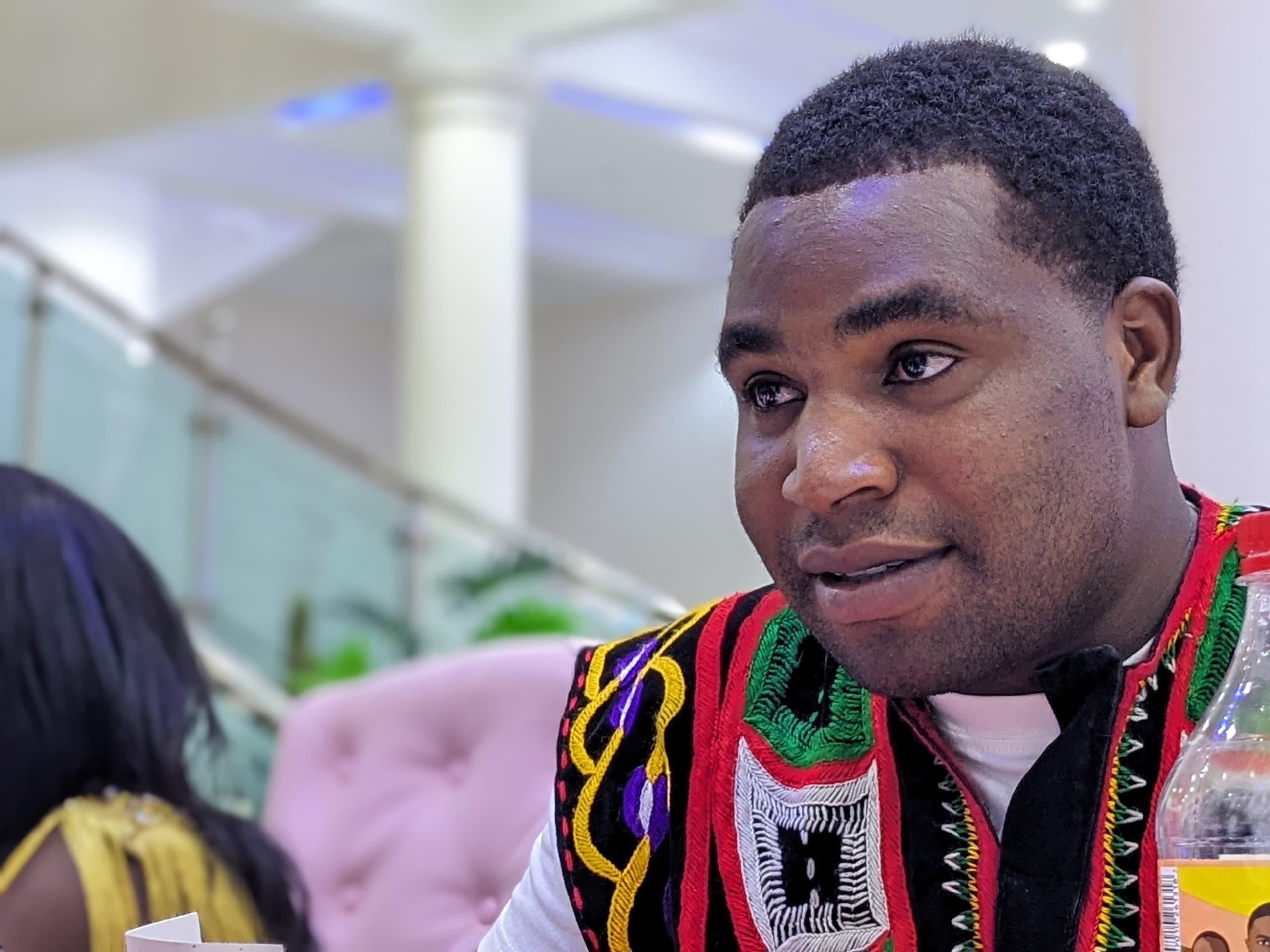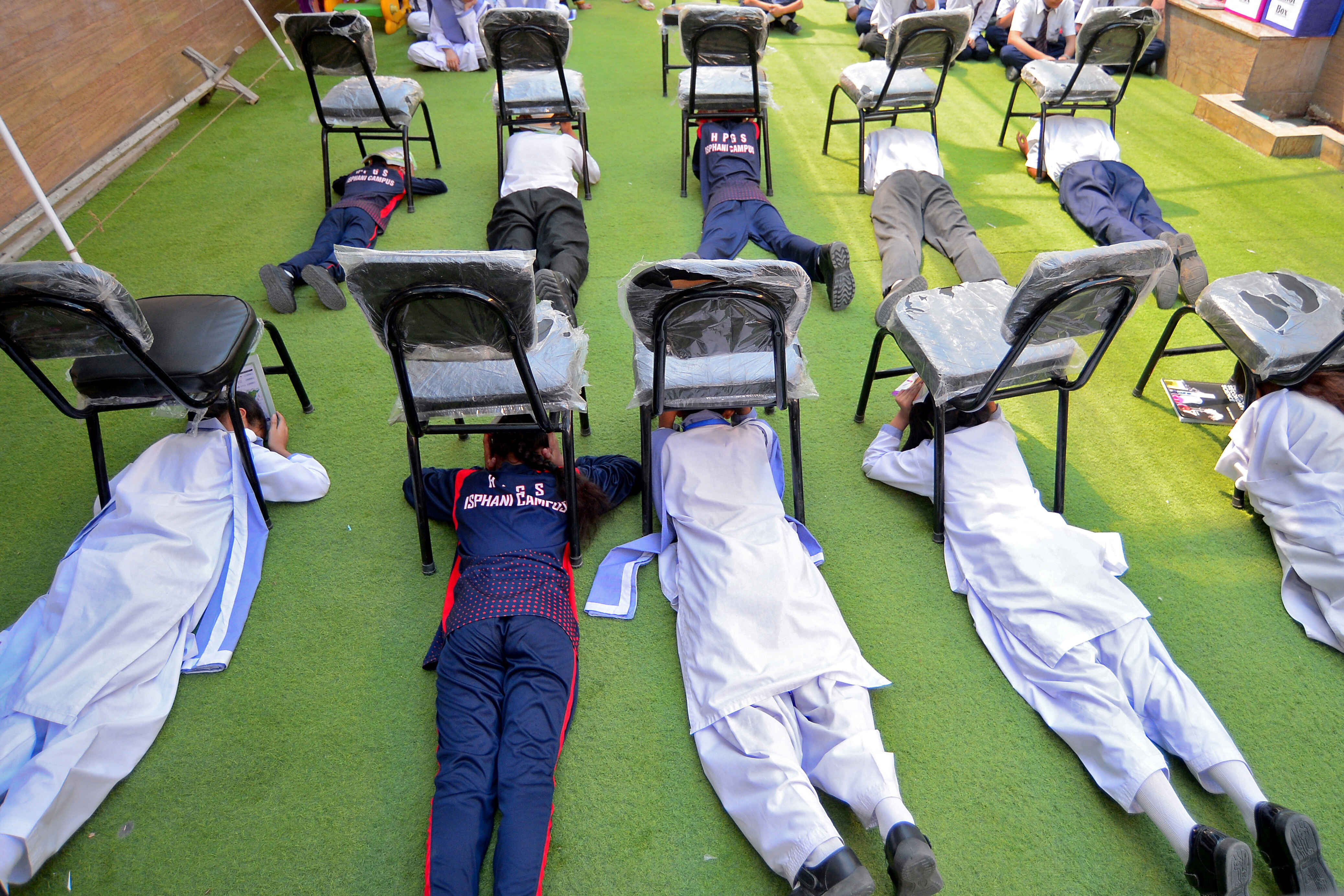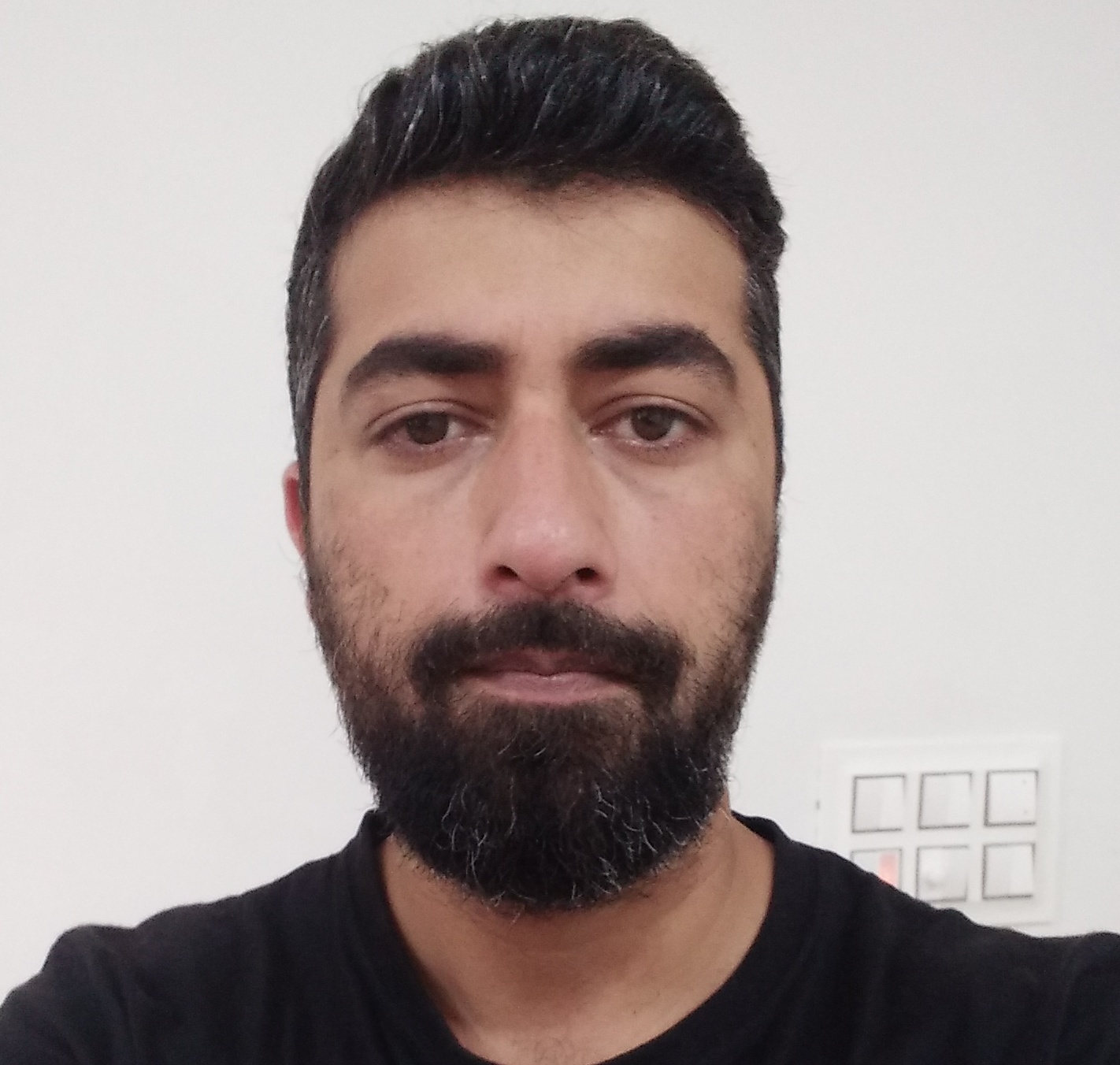تبدو السلفادور أقرب للمقبرة منها لبلد. إحصائيات عام 2015 تشير لوقوع 6670 جريمة قتل. حتى أن الصحيفة الأميركية "يو إي آي توداي" صنفت عاصمته سان سلفادور كـ"عاصمة عالمية لجرائم القتل". أما عام 2016 فلم يحمل أخبارا طيبة إذ تجاوز عدد القتلى الـ4000. هناك حرب بين الحكومة السلفادورية وعصابات إم إس-13 وباريو 18. تلك العصابات اغتالت جنودا ومسؤولين قضائيين وأقاربهم وسيطروا على أراض كاملة، وقتلوا من وقف في طريقهم. الأمر نفسه يجري مع الأشخاص القاطنين أحياء تسيطر عليها عصابات منافسة. وأصبح الأمر كأنما هو ابتزاز للحكومة التي بات من الواضح أنها عاجزة عن التعامل مع هذا الوضع. وقد طالب أفراد من الشعب وبعض السياسيين بفرض عقوبة الإعدام على أفراد العصابات التي أٌقرت المحكمة العليا بتسميتهم إرهابيين.
ولهذا فحين يقتل أحد أفراد العصابات، يحتفل الناس ويطالبون بالمزيد مؤيدين أعمال رجال الشرطة. الأمر الذي استغله أفراد في هيئات أمن الدولة لارتكاب مجازر وجرائم خارج نطاق القضاء. التقارير الرسمية تؤكد أن الكثيرين يقضون خلال مواجهات مع الجيش والشرطة.
اكتشف الصحفيون أن هذه التقارير ليست صحيحة. ففجر يوم 26 مارس/آذار 2015، ارتكبت مجزرة في بلدة "لا ليبيرتاذ" أسفرت عن ثمانية قتلى. الشرطة الوطنية القومية (PNC) أكدت أنهم كانوا أعضاء ف"عصابة إجرامية"، لكن صحيفة "إلفارو" (El Faro) الإلكترونية أعادت بناء الأحداث، فماذا كانت النتيجة؟
لقد قتلت الشرطة شخصا لا علاقة له بتلك المجموعات بدم بارد.
المتورطون بتلك المجزرة تم تحويلهم للمحاكمة. وسائل الإعلام الكبرى أعادت إنتاج كذبات الشرطة. وبدأت مواقع التواصل الاجتماعي بالسلفادور بنشر صور عن مسرح الجريمة واحتفاء الناس بالتخلص من أولئك.
لكن صحيفة إلفارو أكدت أن كل ما نشر ليس منطقيا. في نفس ذلك اليوم 26 مارس/آذار دعت حكومة السلفادور لمسيرة وطنية يتوحد فيها الناس بزي أبيض كدعوة للسلام في أراضيها وتوقف العنف. قررت تلك الصحيفة إجراء تحقيق في تلك القضية انطلاقا من افتراضها أن أحكام إعدام قد نفذت دون محاكمات بقرار من هيئات البلاد الأمنية.
فماذا كشفت تلك الصور التي نشرت عن القتلى ووضعيات أجسادهم؟
لقد كان معهم أسلحة نارية في أيديهم أو حول أجسادهم. وكانت المشاهد غير مترابطة وبلا أي معنى.
لكن المعضلة تمثلت في كيفية الحصول على معلومات من الشرطة التي ستقدم روايتها وستتلاعب بالحقائق وتغيرها.
كانت البداية بمراجعة المعلومات والتحقق منها بواسطة الصور العامة المنشورة عن الأحداث. إضافة لذلك، الصور المقدمة من قبل الشرطة نفسها، والخطوة الثانية بالعودة لمكان الجريمة. لكن في السلفادور هذا أمر خطر جدا، لأن الصحفي مكشوف أمام كل العصابات وأيضا من عناصر الأمن. وإذا قٌتل صحفي فلن تعترف أي جهة بمقتله.
روبيرتو بالينسيا، أحد الصحفيين الذين شاركو في تحقيق "الشرطة تقتل في سان بلاس" قال لمجلة الصحافة إن الأماكن الأكثر رعبا بالنسبة للصحفي هي الواقعة تحت سيطرة العصابات، لكن العصابات نفسها كانت مهتمة بوصول الصحفيين لأماكنهم هذه المرة.. "وقبل الوصول لمسرح المجزرة زرنا وقابلنا أقارب الضحايا الثمانية، ستة منهم كانوا أفرادا نشطين في العصابات".
ويتابع بالينسيا أن تعاون الحكومة والشرطة معهم كان نادرا، لكن الجهة التي قدمت لهم العون كانت مؤسسة الطب الشرعي. أما مكتب المدعي العام فقد امتنتع عن المساعدة. فما العمل؟
طلبت الصحيفة من مراسليها إجراء تقارير مع عائلات القتلى وجيرانهم. وتوجهوا لأقرب الأحياء التي منها يُمكن سماع الرصاص. وحصلوا على العديد من المعلومات المتعلقة بتحديد توقيت بدء إطلاق الرصاص ووقفه. بعد ذلك بحث فريق التحقيق عن الأطباء الشرعيين وسألوهم عن الجراح الناتجة عن تلك الرصاصات الموجودة في الأجساد. مختصون وخبراء أسلحة أكدوا أن الرصاصات كانت قد أطلقت من مسافة قريبة بمعنى أن الأسلحة المستخدمة في القتل كانت على مسافة قريبة جدا من الأجساد، وهذا يعني أن القتلى لم يموتوا خلال اشتباكات مع الشرطة، بل تم إعدامهم.
كما أكد هؤلاء الخبراء بعد أن عرض عليهم فريق التحقيق صور المجزرة أن مواقع الجثث مع الأسلحة ليست منطقية.
كان من الواضح أن الشرطة تلاعبت بمسرح الجريمة وأنها قد وصلت لمسرح الأحداث فقبضت على رجال العصابات وأجبرتهم على الركوع ثم قتلتهم.
وتوصل فريق التحقيق لشهادات جيران عن أحد الضحايا الذي لم يكن له أي علاقة بتلك المجموعات بل كان معروفا بتدينه، كما استطاع الاستدلال على مكان والدته التي قالت إن الشرطة منعتها من الحديث.
ما العمل إذا لحماية الشهود وأقارب القتلى الذين سمعوا صوت إطلاق الرصاص من جانب الشرطة؟ يقول بالينسيا:
"سألنا مستشارين من مؤسسات تعنى بحقوق الإنسان قبل أن يتم نشر التحقيق. تحدثنا مع تسعة من الناجين، أربعة شباب كانوا في تلك الليلة مرتبطين بعصابة ام-13 ولكن هوياتهم ظلت مجهولة. خمسة أعضاء من عائلة واحدة من بينهم ثلاثة أطفال، سمعوا على الأقل حالتين من الإعدام. ولأنها كانت عائلة معروفة من قبل الحكومة فقد قدرنا أن وضع أسمائهم هو ضمانة لهم وهو أفضل من عدم وضعها واختيار أسماء مستعارة.. هذه الاستراتيجية أقرها مدافعون عن حقوق الإنسان من المنظمات التي تعاملنا معها.. "تجربتي في هذه الأحداث تقول إن ذهبت للأماكن التي تقع بها أحداث كهذه وسألت وتحققت واستغليت الوقت جيدا مع مصادرك فإنك بالتأكيد ستحصل على معلومات". ويعطي بالينسيا مثالا على ذلك: "وثيقة النائب العام عند عرض المشهد الذي ذكرناه، وفرتها لنا عائلة من عائلات القتلى. فهم كمتضررين لهم الحق في الحصول على وثائق رسمية".
هناك تحقيقات صحفية أخرى أثبتت أن قوى الدولة الأمنية نفذت أحكام إعدام أخرى أيضا. قامت الصحيفة بتسليم جميع البيانات التي تمتلكها والنتائج التي توصلت إليها لمنظمات حقوق الإنسان التي تقيم حاليا دعاوى ضد الشرطة والجيش في السلفادور.
